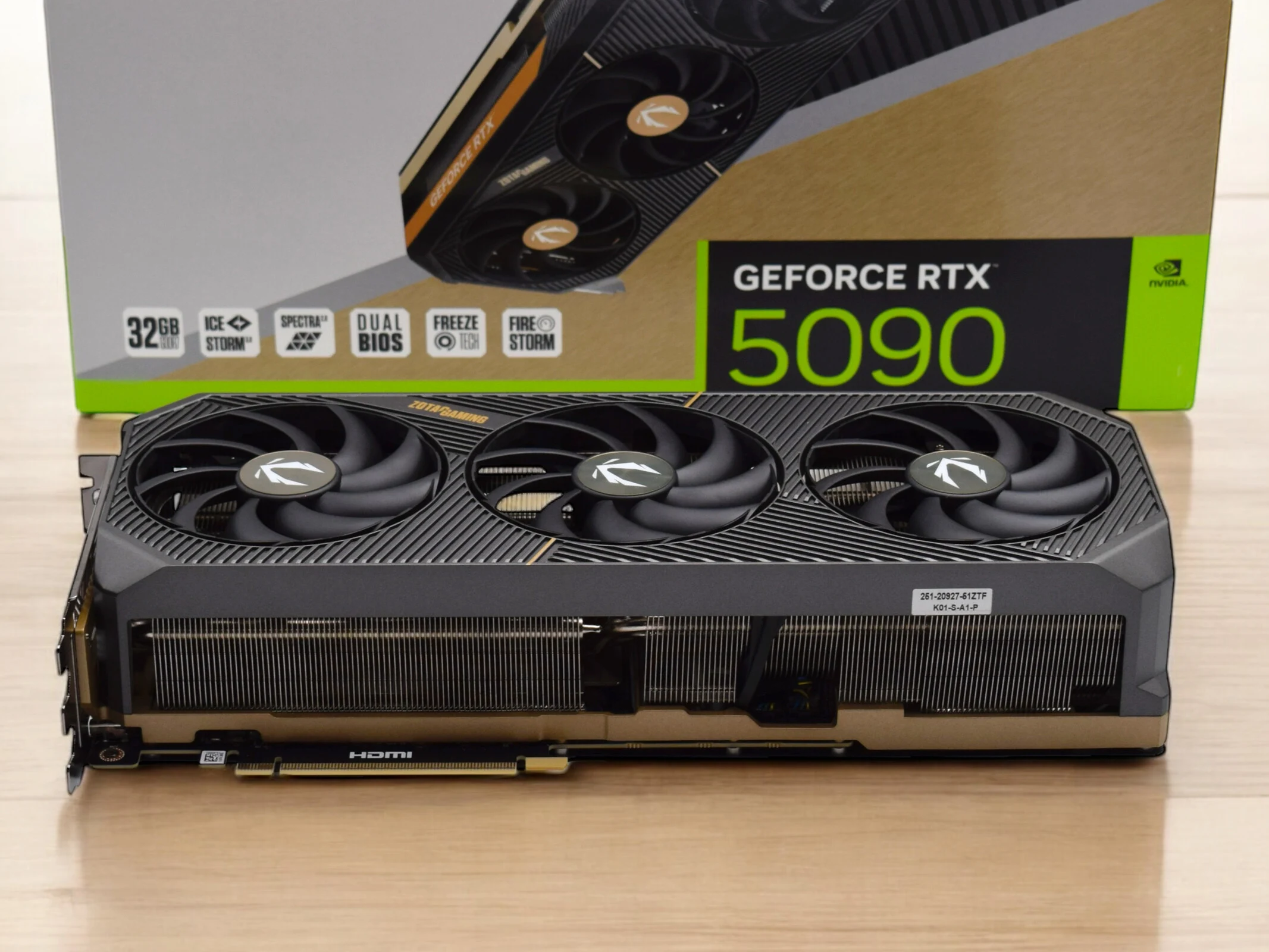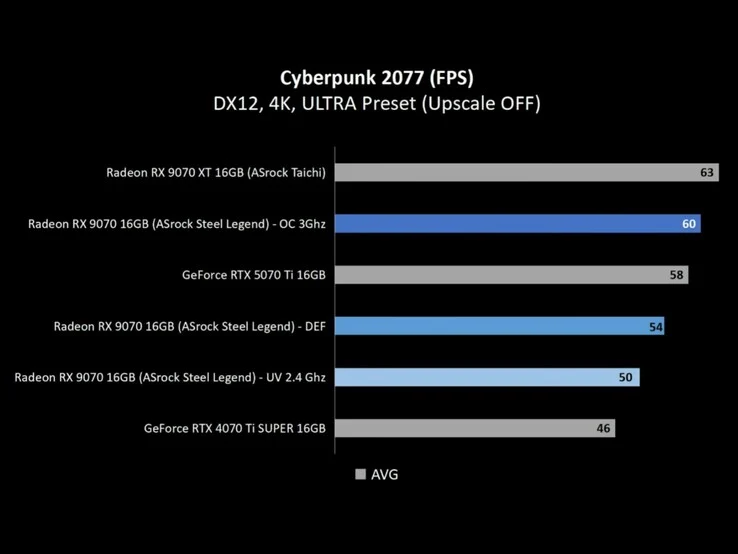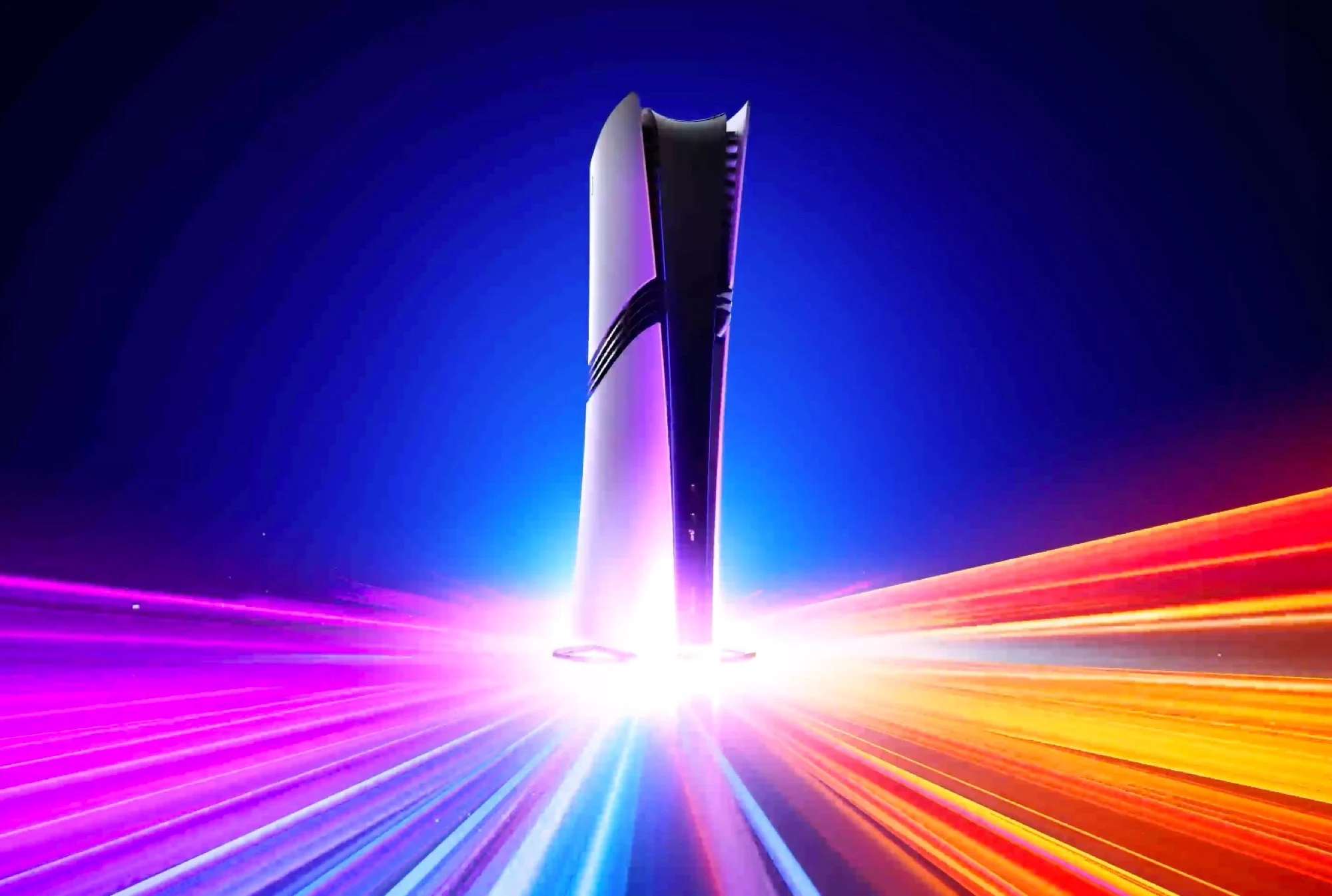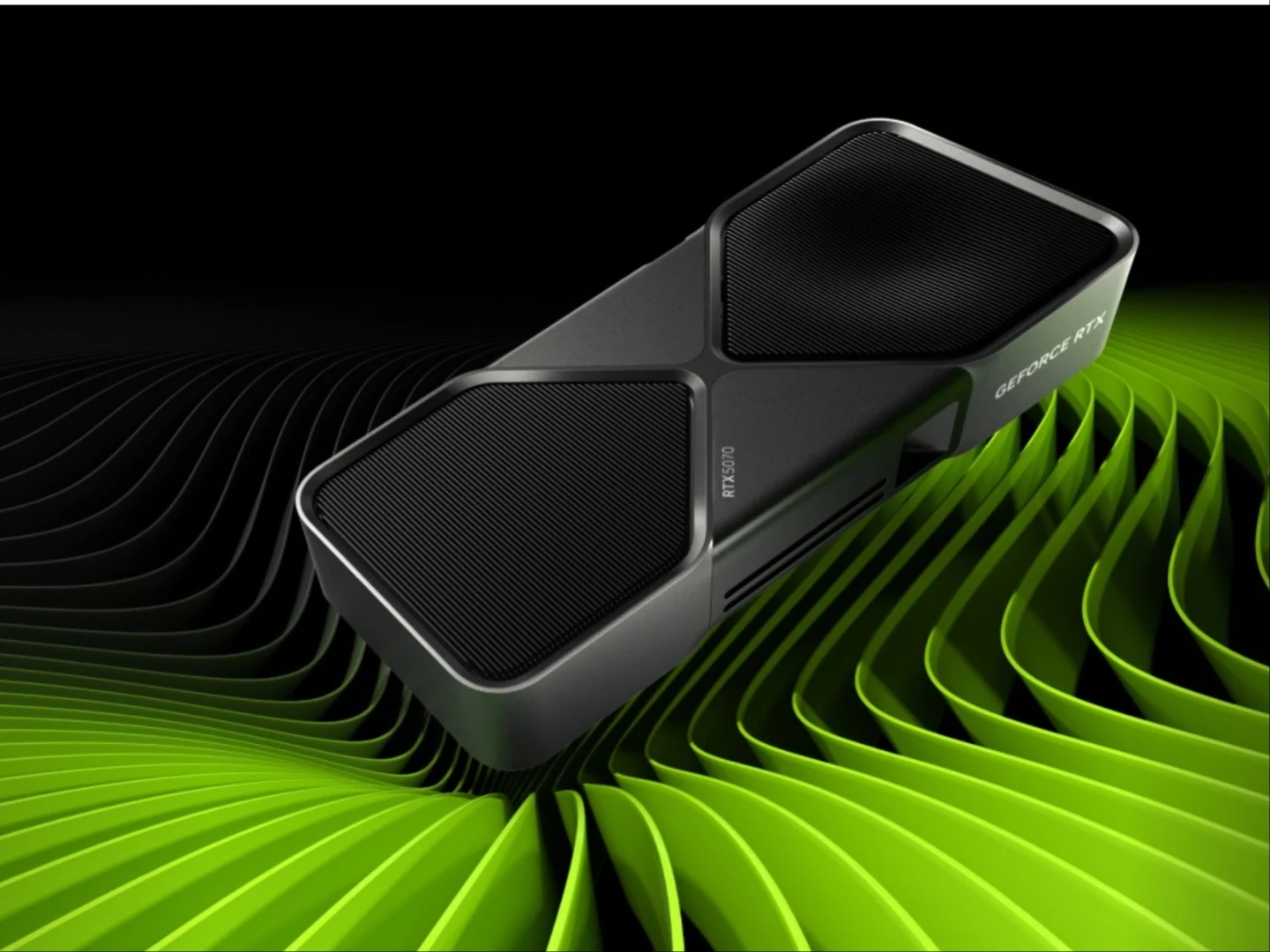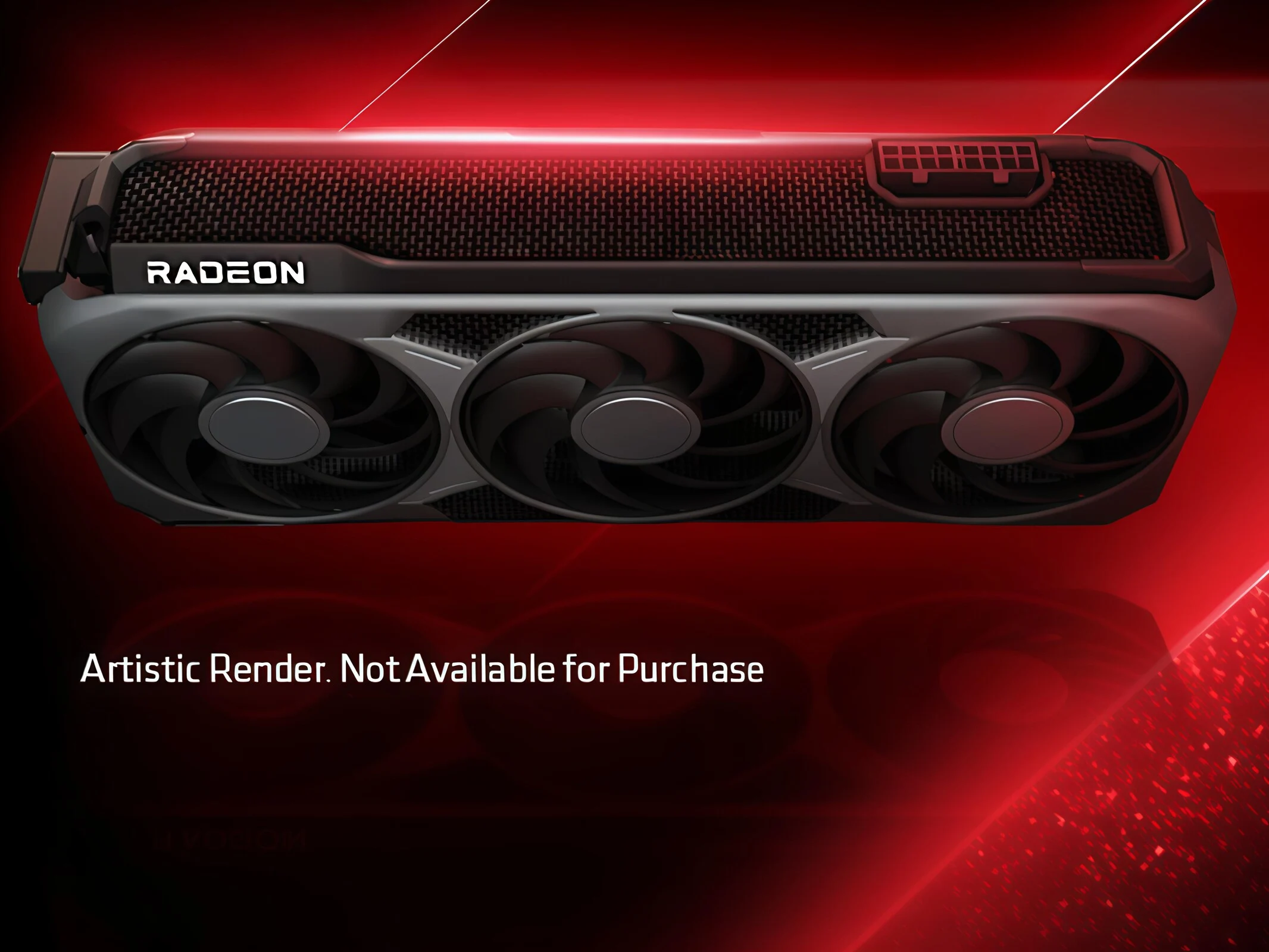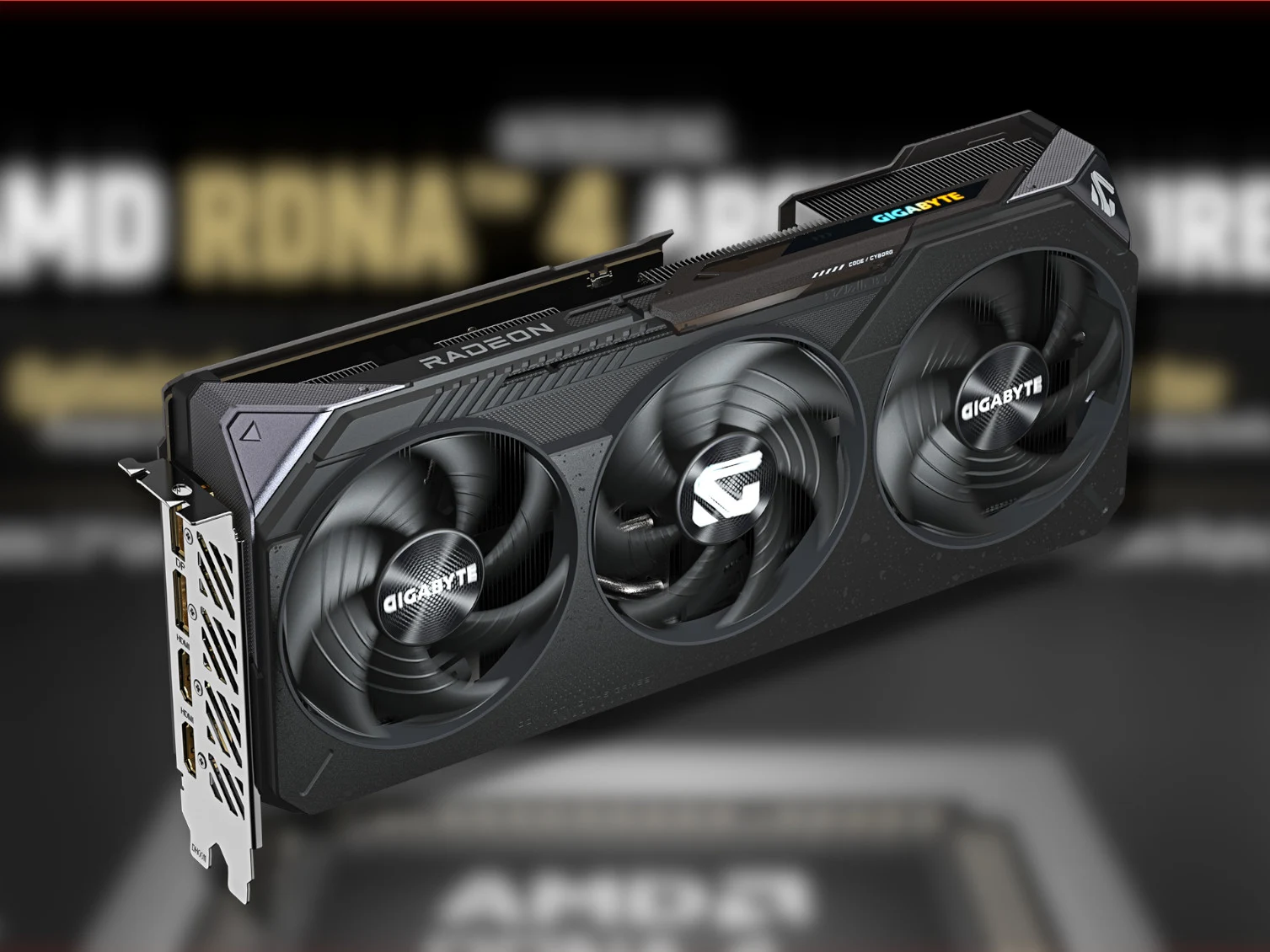Key Takeaways
1. Amazon is offering certain GPUs exclusively to Amazon Prime subscribers, including models from Nvidia and AMD.
2. The subscription-only model has not significantly lowered GPU prices, with some starting above their original MSRP.
3. Previous subscription models, like Best Buy’s, raised concerns over exploitative practices and accessibility.
4. This approach aims to combat scalping but may lead to questions about fairness in the market.
5. Consumers are uncertain if this model will help address their frustrations with the current gaming hardware situation.
It’s well-known that recent gaming GPU launches from both AMD and Nvidia have faced issues like supply shortages, high demand, and scalping. Lately, some AIB partners and retailers have taken measures to combat scalpers by using methods such as carefully vetted pre-orders or selling directly to consumers, avoiding standard retail methods. However, Amazon has adopted a different strategy that might not sit well with everyone.
Subscription-Only Access
Several Nvidia GeForce RTX 5000 series GPUs, including the Gigabyte Windforce RTX 5070, are now only available to those with an Amazon Prime subscription. This also applies to the Gigabyte AMD Radeon RX 9070 Gaming OC and the XFX AMD Radeon RX 9070 and 9070 XT models. Unfortunately, this approach doesn’t seem to have significantly reduced the already high prices, with the RX 9070 GPUs starting at $669.99 and going up to $789.99. The situation is even worse for the RTX 5070, which is priced at $819.99, compared to its original MSRP of $549.
Previous Subscription Models
It’s worth noting that this isn’t the first instance of a retailer using a subscription model to give customers early access to new products. For example, Best Buy previously required a $199 annual subscription to buy GeForce RTX 3000 GPUs. The Amazon Prime subscription, which costs $14.99 per month or $139 per year, has drawn scrutiny in 2023 for potentially exploitative practices regarding Prime memberships, like making it hard to cancel subscriptions and automatically signing up customers who didn’t want to.
Conclusion
In conclusion, while Amazon’s unique approach to GPU sales may aim to address the scalping issue, it raises questions about accessibility and fairness in the market. With the ongoing challenges in the gaming hardware space, consumers are left wondering if this model will truly benefit them or simply add to their frustrations.
Source:
Link

